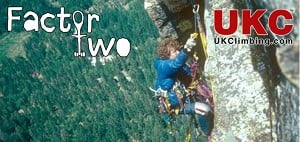
This topic has been archived, and won't accept reply postings.
This topic has been archived, and won't accept reply postings.
Elsewhere on the site
Winter Conditions
This Winter Conditions page gives a summary of what is being climbed at the moment, what is 'in' nick and what the prospects are...








